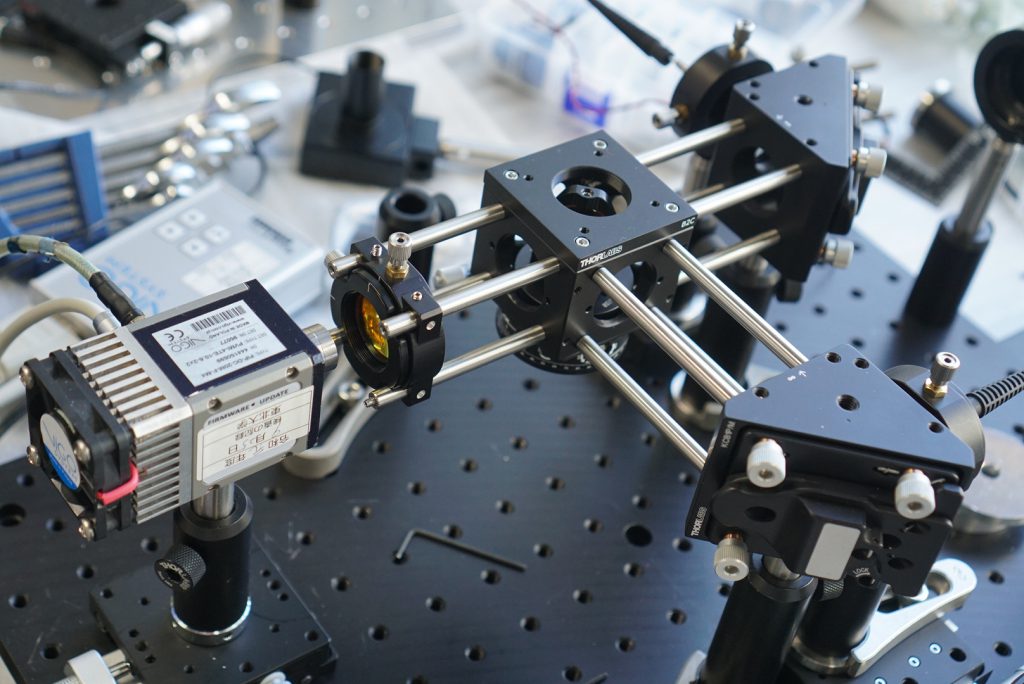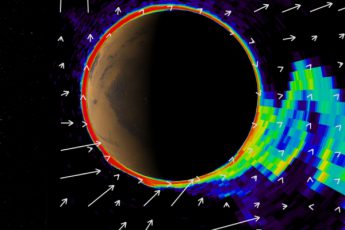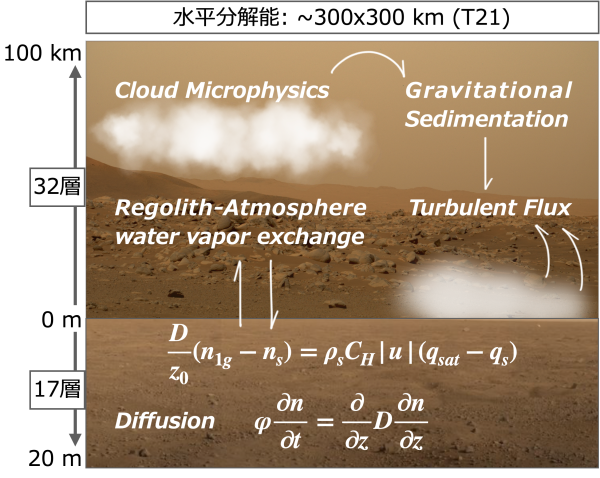Development of ground-based instruments

Atmospheric and electromagnetic phenomena on the planet vary dynamically on various timescales and must be observed continuously for long periods to understand them. However, large telescopes such as Subaru Telescope are generally open for public, which makes it difficult to make continuous observations for long periods. We have been developing a unique observation network by installing state-of-the-art instruments in our own observational facilities, which are capable of continuously monitoring planets.
In 1985, our laboratory developed the infrared heterodyne spectrometer, and it has been useful for the study of the Earth’s atmosphere such as ozone. In recent years, in collaboration with the University of Cologne and NASA, we have developed an infrared heterodyne spectrometer for planetary observation, Mid-IR LAser Heterodyne Instrument (MILAHI), by applying the highly developed quantum cascade laser. MILAHI has a wavelength resolution of over 1 million in the mid-infrared region. By making use of the excellent spectral resolution, we can obtain the wind and temperature fields in the mesosphere from the ground, which are usually difficult to observe even by space-born measurement. This is important for understanding the regional coupling in the atmosphere. In addition, we have recently demonstrated a new high-efficiency hollow fiber developed by the Engineering Department of Tohoku University into our system and started to improve it for use in next-generation spacecraft.
In recent years, in order to conduct observations in conjunction with the Venusian spacecraft “AKATSUKI”, we implemented an infrared heterodyne spectrometer developed by Tohoku University at the summit of Haleakala, Hawaii, to observe Venus and succeeded in obtaining wind and temperature data at an altitude of 70-100 km, which had not been observable before (Takami et al, 2020). We also observed the atmospheric response during the Martian global dust storm that occurred in 2018, and found that high speed east-west winds as high as 200 m/s were blowing at an altitude of 80 km. These results suggest that the Hadley circulation and gravity waves enhanced in the lower atmosphere during the dust storm may have contributed to the acceleration of the zonal wind (Miyamoto et al., in prep.).
(Assistant Prof. Hiromu Nakagawa)






